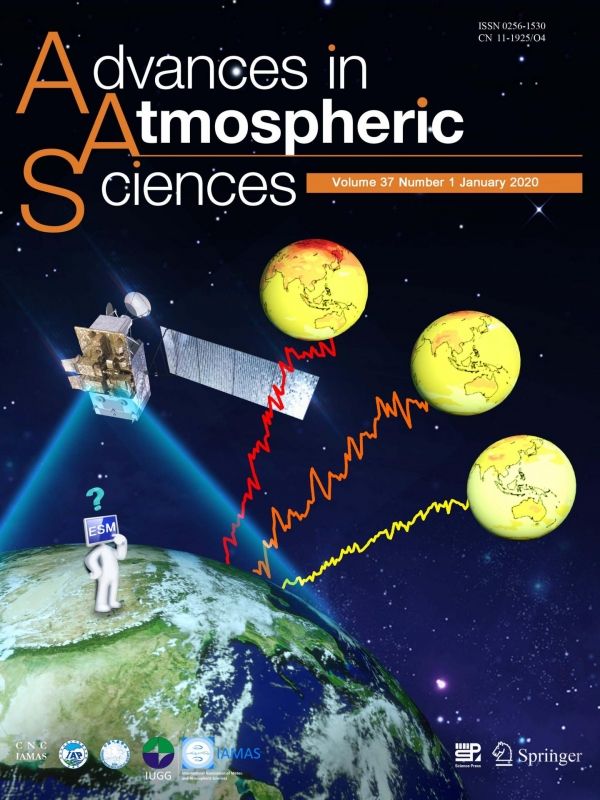The increase in carbon dioxide concentration in the atmosphere has warmed the Earth since the beginning of the industrial era. Climate models try to project how much this warming trend will continue, but they differ in their global-mean temperature response to increasing concentrations of greenhouse gases. This is called climate sensitivity, according to Dr Florent Brient, a postdoctoral research scientist at the Centre National de Recherches Météorologiques (Météo-France/CNRS), France, and author of a recently published study that reviews a new method, known as emergent constraints, which attempts to use information about the current climate to constrain the evolution of climate in the future.
The study's findings were published on December 10th 2019 in Advances in Atmospheric Sciences.
In order to accurately predict how much the Earth will warm in the future, one needs to know how atmospheric carbon dioxide concentrations will evolve, together with an accurate assessment of climate sensitivity. Should carbon dioxide levels double, models predict the Earth would warm by 1.2 degrees Celsius, which induce changes that may either temper these effects or drive further warming. For example, an increase in warming increases atmospheric moisture, which provides a positive feedback that would drive further warming since water vapor is a potent greenhouse gas. Warming also melts sea-ice and snow which reflect sunlight away from the Earth — known as the albedo effect. On the other hand, an increase in cloud cover, for example, could provide negative feedback, as the lowest clouds also reflect sunlight away from the Earth. However, since clouds are related to various dynamic scales and their radiative effects vary considerably in height, their effects on surface warming are complex. Consequently, clouds remain a major source of model disagreement.
Read more at Institute of Atmospheric Physics, Chinese Academy of Sciences
Image: The concept of emergent constraints aims to find relationships between intermodel variations of some aspect of the recent observable climate and the uncertainties of particular future climate predictions. The idea is that the observations would then inform the least biased models and, by inference, the more likely climate change projections. The cover image is a graphical representation of this concept that questions which projections of the future climate simulated by Earth system models are more credible. (Credit: Advances in Atmospheric Sciences)


